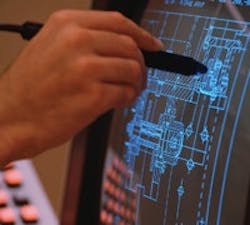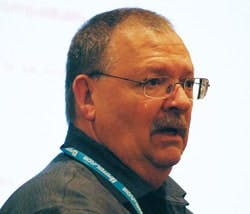New User Interface Approach Helps Simplify the Digital Field
Industrial plants are growing continually larger and more intertwined. Unfortunately, there are fewer technically qualified people to deal with that complexity. "As baby boomers retire, a lot of the knowledge and experience that exists in those plants is getting ready to go out the door," says Peter Zornio, chief strategic officer for Emerson Process Management. "It's going to be a big issue as we go forward."
To combat the issue, Emerson began investing six years ago in what it calls Human Centered Design (HCD). Whereas past product qualification involved such factors as quality and performance targets and code reviews, today that includes usability reviews as well. "We're not putting out technology that's going to be too complex for the average, less skilled person that's coming into the industry," Zornio says.
When Emerson instituted its usability guidelines, its user interface was held to the same standards. "The deal was we had to tell you exactly what's going on," says Dale Perry, Emerson smart-field consultant, "and we had to give you recommendations about what to do about it." Instead of red dots alerting operators to a problem that they have to decode, interpret and find, the HCD interface tells them what the problem is and how they might fix it.
The easy way to go is with the HART protocol, which requires no special tools or training, Perry says. But depending on the application it can be slow, prone to on-scale failures and can leave data stranded. Further, power constraints can limit functionality, Perry points out.
Foundation fieldbus, on the other hand, is designed to be a process LAN. It's designed to pass data back and forth; it provides an unlimited number of variables; and it is an active protocol. But it's complicated. It requires special tools like bus analyzers and oscilloscopes; you have to know where devices are located; considerable training is required; and device descriptors have no backward- or forward-compatibility.
The HCD user interface brings fieldbus and HART together in a simple way for users, enabling both functionality and simplicity, Perry says. It focuses on the task that needs to be done, providing a consistent graphical look and feel that is technology-independent. Built-in wizards replace the need for operators to know what the relevant variables are. "It's the Google of user interfaces," Perry says. "It's very clean, but very, very useful."



